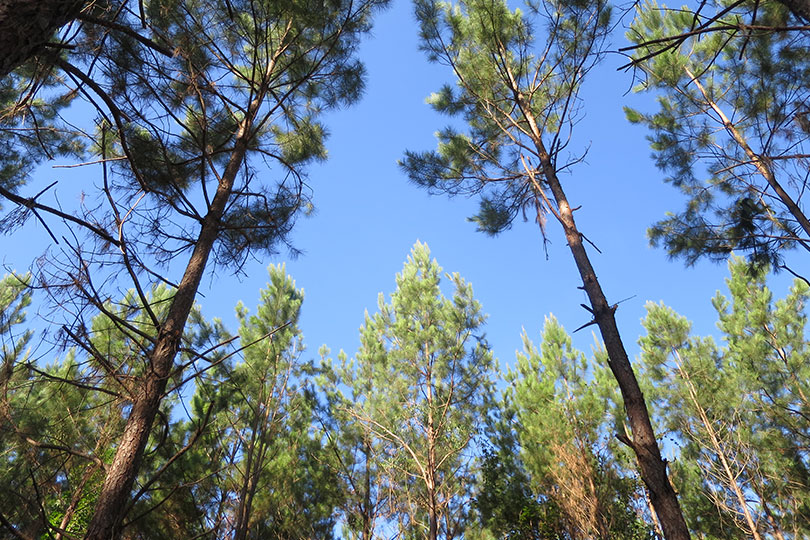By Shelby Shank
Field Editor
The Texas timber sector has experienced fluctuations of supply and demand and other market forces, but new products and opportunities are enhancing the value to trees, according to Texas A&M Forest Service.
In East Texas, where much of the traditional timber industry is located across 43 counties, timber tracts cover about 11.5 million acres of the area’s nearly 22 million acres.
The impact of fiber grown, managed, harvested, processed and manufactured throughout the state is substantial, contributing about $41 billion to the state’s economy. It also supports over 172,000 jobs each year, according to Dr. Eric Taylor, Texas A&M Forest Service silviculturist.
Harvested timber’s value consistently ranks seventh among Texas’ agricultural commodities.
Texas timber is turned into a range of products like two-by-fours and plywood for home construction, as well as cardboard boxes, furniture and mass timber for large structures.
In 2022, Texas sawmills produced over 1.5 billion board feet of lumber.
“The Texas timber industry has softened in some ways and strengthened in others,” Taylor said. “Some things changed, and some things will likely never change. Timber is still heavily tied to lumber and housing starts, but other products are different. A large pine tree might be worth only $70 to a landowner on the stump, while a live-edge slab from a hardwood tree from Central Texas could be worth thousands of dollars.”
Despite relatively high prices seen in retail stores, the traditional timber market, including pulpwood and lumber, remains relatively soft for landowners, Taylor noted.
The industry’s efficiency in harvesting and replanting timber tracts fills the demand for pulpwood when acres are thinned once or twice around 15 years old to make way for lumber-bound pines to reach maturity at around year 28. Taylor advocates for strategic forest management practices, including lower initial planting densities to ensure healthier tree growth and forest longevity.
Prospects for traditional timber products are positive because of Texas’ relatively strong housing market. Housing starts are improving, with an estimated influx of about 1,300 new residents into the state each day.
Additionally, lumber exports, particularly to Mexico, remain strong, Taylor said.
Traditional products like printing and copy paper are no longer made in Texas, but Taylor said there is a stronger demand for other products like paperboard and cardboard for shipping boxes. Nearly 2.5 million tons of paper-based container board were manufactured in Texas last year.
“When you buy something from Amazon, those items come in a box, and that box is made out of paperboard,” Taylor said. “Oftentimes, even little items come in big boxes. That’s part of the industry that Texas timber has captured.”
New products are also reshaping the timber industry.
Cross-laminated mass timbers offer super-strong constructed support beams that are used by architects and engineers in high-rise buildings and commercial structures because of the environmental benefits over other building materials.
Carbon sequestration is an additional benefit for timber landowners, as forests capture carbon from the atmosphere, providing carbon credits for companies aiming to offset emissions.
The value of timber is changing how it is managed, but growth in population is changing how timber will be grown. Taylor noted almost 5.1 million East Texans own over 50 acres or less, while land parcellation is shrinking the average size of working forests.
Texas A&M Forest Service is working with landowners in smaller tracts to overcome “economy of scale” limitations and combine smaller tracts into a larger tract that is managed in unison.
“We are working to educate landowners about their options and help them navigate the changes within the industry. A lot of these changes add value, landowners just need to know their options,” Taylor said.


Leave A Comment